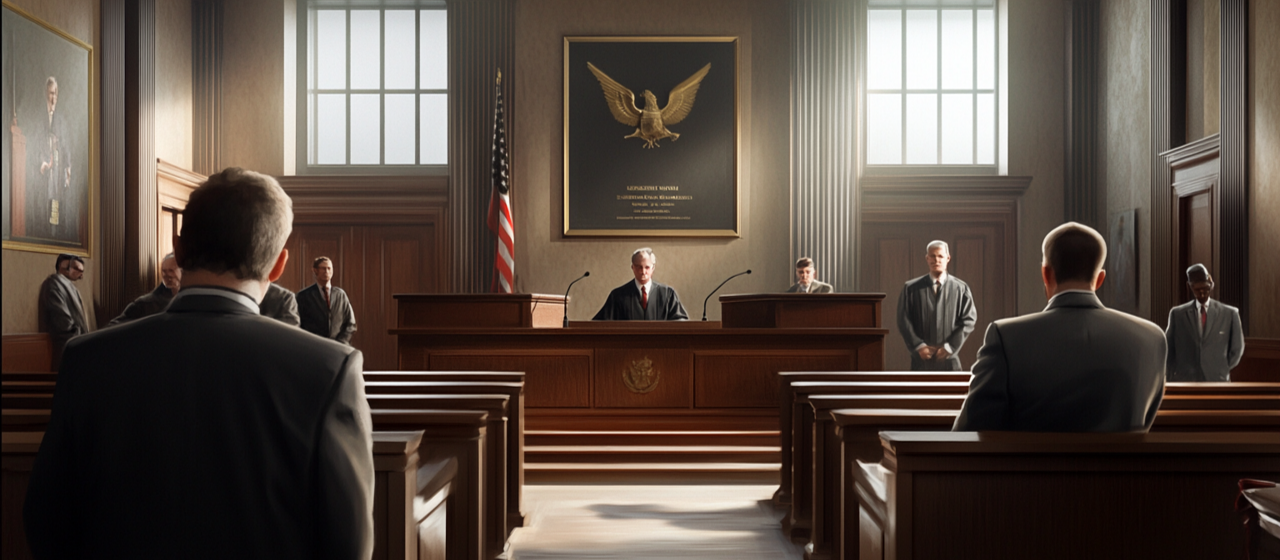
What are the challenges posed by AI-generated inventions to traditional patent systems?
AI-generated inventions👉 An invention created autonomously or semi-autonomously by an AI system. pose several challenges to traditional patent👉 A legal right granting exclusive control over an invention for a limited time. systems:
Inventorship and Ownership:
Current patent laws generally require a human inventor👉 A person who creates new devices, methods, or processes. to be identified and named on a patent application. AI systems, being non-human entities, do not fit this traditional model. This raises questions about who should be considered the rightful inventor of an AI-generated invention👉 A novel method, process or product that is original and useful. – the AI itself, the developers of the AI system, or the users who provide input or data? Determining ownership of the invention and the resulting intellectual property👉 Creations of the mind protected by legal rights. rights is complex, as it may involve multiple stakeholders.
Novelty and Non-Obviousness:
Assessing the novelty👉 Requirement that an invention must be new and not previously disclosed. and non-obviousness of AI-generated inventions can be difficult. AI systems often rely on vast amounts of existing data and knowledge, raising questions about the originality of their creations. Determining whether an AI-generated invention is truly a new and non-obvious advance over existing technology requires careful consideration.
Disclosure:
Patent laws require that the invention be described in sufficient detail to enable a person skilled in the art to reproduce it. However, the complex algorithms and processes used by AI systems may make it difficult to fully disclose and explain the invention.
International Harmonization:
Different countries and patent offices have taken varying approaches to AI-generated inventions, leading to inconsistencies and potential conflicts in the global patent landscape. Harmonizing international patent laws and regulations to address AI-generated inventions is a complex challenge that requires collaboration and coordination among different jurisdictions.
Important legal decisions regarding AI-generated inventions across jurisdictions
There are various landmark cases regarding AI-generated inventions in the most important jurisdictions:
Thaler v. Vidal (USA):
The U.S. Court of Appeals for the Federal Circuit upheld the USPTO’s decision that an AI system, DABUS, cannot be listed as an inventor on a patent application. The court affirmed that under current U.S. law, only natural persons can be recognized as inventors. This decision solidified the U.S. stance on AI-generated inventions and emphasized the need for human involvement in the inventive process.
BPatG 11 W (pat) 5/21 (Germany):
The decision BPatG 11 W (pat) 5/21 by the German Federal Patent Court (Bundespatentgericht, BPatG) dealt with the patentability of AI-generated inventions. It specifically addressed the case of patent applications where the AI system “DABUS” was listed as the inventor. The court upheld the decision of the German Patent and Trademark👉 A distinctive sign identifying goods or services from a specific source. Office (DPMA) to reject the patent applications, stating that an inventor under German patent law must be a natural person.
EPO decision J 8/20:
EPO decision J 8/20 is a landmark ruling by the European Patent Office’s (EPO) Legal Board of Appeal regarding the designation of an AI system as an inventor in a European patent application. In it the EPO reaffirmed its stance that under the European Patent Convention (EPC), an inventor must be a natural person. This means AI systems like DABUS cannot be named as inventors on European patent applications.